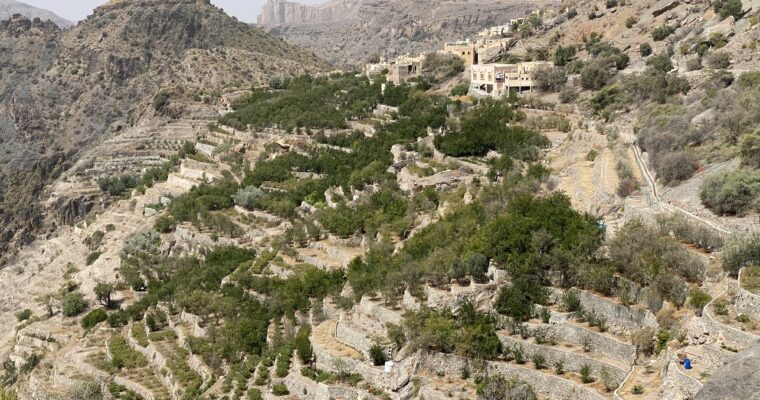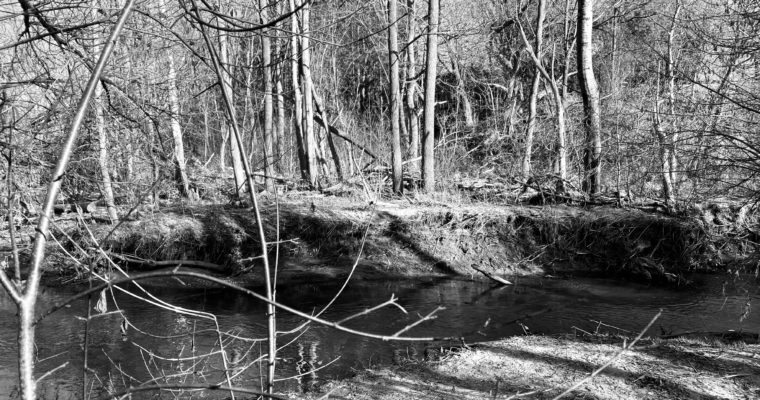If the internet and many travel guides are to believe, January is an odd time to visit Malta. Late spring and early summer are the most desirable times, they say, ideal months to come before the oppressiveness of the July and August heat. I paid no attention to these warnings, deciding that Europe’s most sun-soaked country would be an ideal off-season vacation spot, far from the glacial nightmare Canada was undergoing during the winter. I had only a few days available to visit Malta. In an island with such richness, I knew I had to use my time wisely. There would be little opportunity to visit Gozo or Comino, and tours around the islands by boat on the choppy winter waters were inadvisable. I was content to experience Malta through its cities, visions of limestone buildings overlooking crystalline waters making urban life in the country look inviting enough for my travel needs.
Arriving in Malta felt like coming to a lone outpost of Europe, an island that skirts—geographically and spiritually—along the shores of Southern Europe and North Africa. In winter, when North America remained locked in a merciless cold, Malta seemed warm and welcoming. I knew of Malta’s reputation as a tourist destination, speckled with resorts geared towards foreigners, a buoy at the centre of multiple cultures and civilizations. Despite its international appeal, Malta’s insularity became apparent quickly, where disembarking passengers passed through customs posts greeting officials with familiarity as if encountering distant relatives. The airport itself is small, resembling a regional airport servicing a small American town. The roads narrowed as I took a taxi from Luqa to my hotel in Sliema, each claustrophobic street barely wide enough for cars to ride through.
I spent the first night in Sliema walking along the waterfront. Apartment blocks towered over the promenade, imposing in their newness, height, and frank ugliness. The waterfront resembled many cities in North Africa I’ve visited in the past, where upper middle-class money inspires building frenzies of high-rise residential buildings constructed with more attention to rapid development than aesthetic value. Yet even those buildings could never take away from the glory of the Mediterranean at night. Sliema’s rocky beaches—barely lit, and left empty by local residents—carried the noise of an angry sea, the tides beating along the shore in rushes of intensity. Watching over the water and sky, I was struck not with an image of a great sea, but of the dark endlessness of space, a region to be feared yet charged with wonder and potential.
Valletta was my destination the following morning. The capital stood in contrast to Sliema’s nouveau riche ostentation. One approaches the city as if traveling back across the centuries, the dome of Our Lady of Mount Carmel beckoning visitors to a beautiful baroque world created in a gilded past. Valletta is an ideal place to see Malta at its most vibrant. Sitting outside in Caffe Cordina’s palazzo, eating pastizzi while the rain drips down, I gazed at tourists and locals running past each other on streets lined by tanned buildings. The city’s main streets are speckled with open-air cafes and garage-sized bistros where patrons enter and sit elbow-to-elbow to pass the time. Even here, I could still find pockets of solitude. In one of the world’s smallest capitals, one can venture off from a main street through sloping alleys where foreigners seldom traverse and hear old women conversing in Maltese, the ever-lovely combination of Maghrebi Arabic and Sicilian lilting in the air. Hearing Maltese reminded me instantly of the uniqueness of the country: a blend of cultures forming a linguistic island found no where else in the region.
I traveled to Mdina the next day. The alleys of the “Silent City”, where the random clomping of horses reverberate along limestone buildings, heightened the sense of gentle abandonment I had experienced in the rest of the island. Mdina lives as a beautiful museum overlooking the countryside and thoroughfares reaching from Malta’s centre to its coasts. Having lunch in the Fontanella Tea Garden afforded me spectacular glances into Mdina’s past. One can linger on the sight of verdant grapevines surrounding the city, ever mindful that Mdina was designed to be a fortress atop a plateau, a place created to be defended from outsiders rather than a tourist hotspot designed to attract them. Mdina’s defensive existence, of course, is a product of its past. Tourists like myself come anyway, snaking through the ancient capital’s labyrinthine alleys, remarking on the Silent City’s beauty while moving far away from each other, lost in a city created seemingly in the soil of our historical imagination.
The Three Cities of Birgu, Senglea and Cospicua were my last destination. The rising streets of these lone cities—neighbourhoods in reality—were clean yet desolate, giving the sensation of walking through an empty movie set. Elderly men and women emerged from alleys to pass me by, inattentive to my presence, as if I existed as neither intruder or guest so much as a strange irrelevancy. In Senglea, I climbed up the endless stairs to the Gardjola Gardens. Wind assaulted the garden’s guardtower, forcing me to brace myself as I caught a glimpse of Valletta and the piercing blue water. From that view, I could see Malta’s full character—an outpost in the sea, linked to the two continents whose history has impacted it the most, where for centuries ships arrived to leave their mark or simply gazed from the water before heading away. I pledged to myself to come again to the country in a warmer season, where the wind’s harshness would be tempered under a blazing sun. That would be the future. In the present, I was happy absorbing the Malta I experienced in the moment, the Malta that would remain with me: a private winter isle, never uninviting, where I could pause and witness the world passing by in peace.


